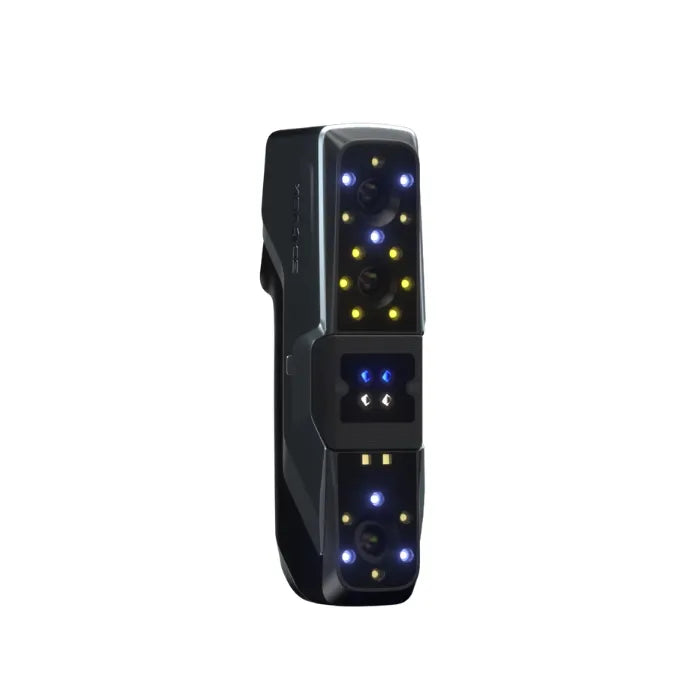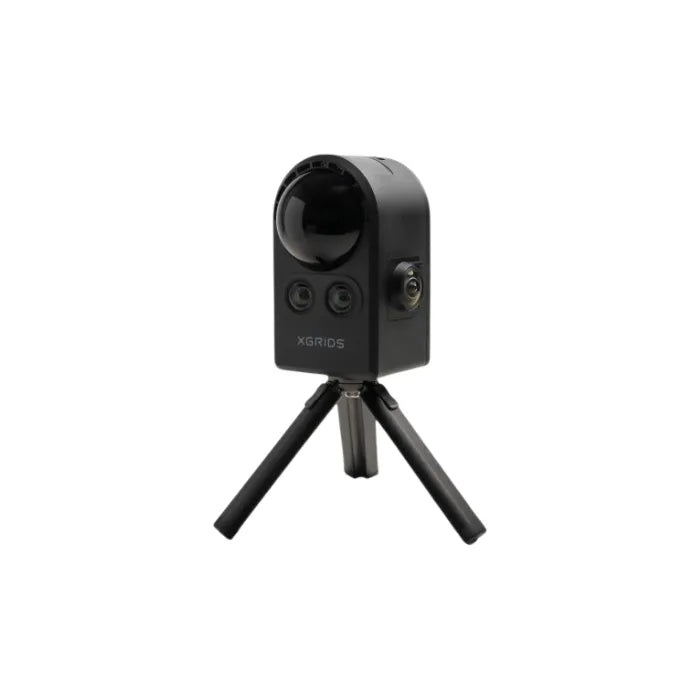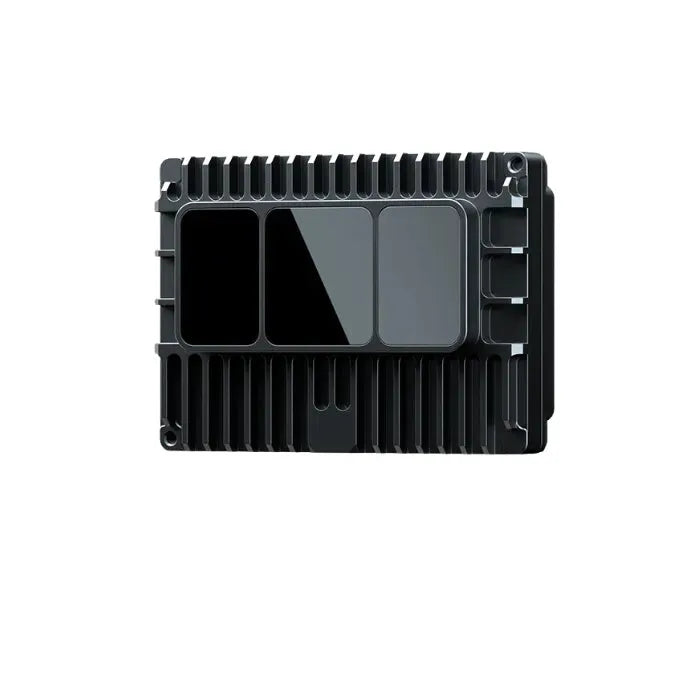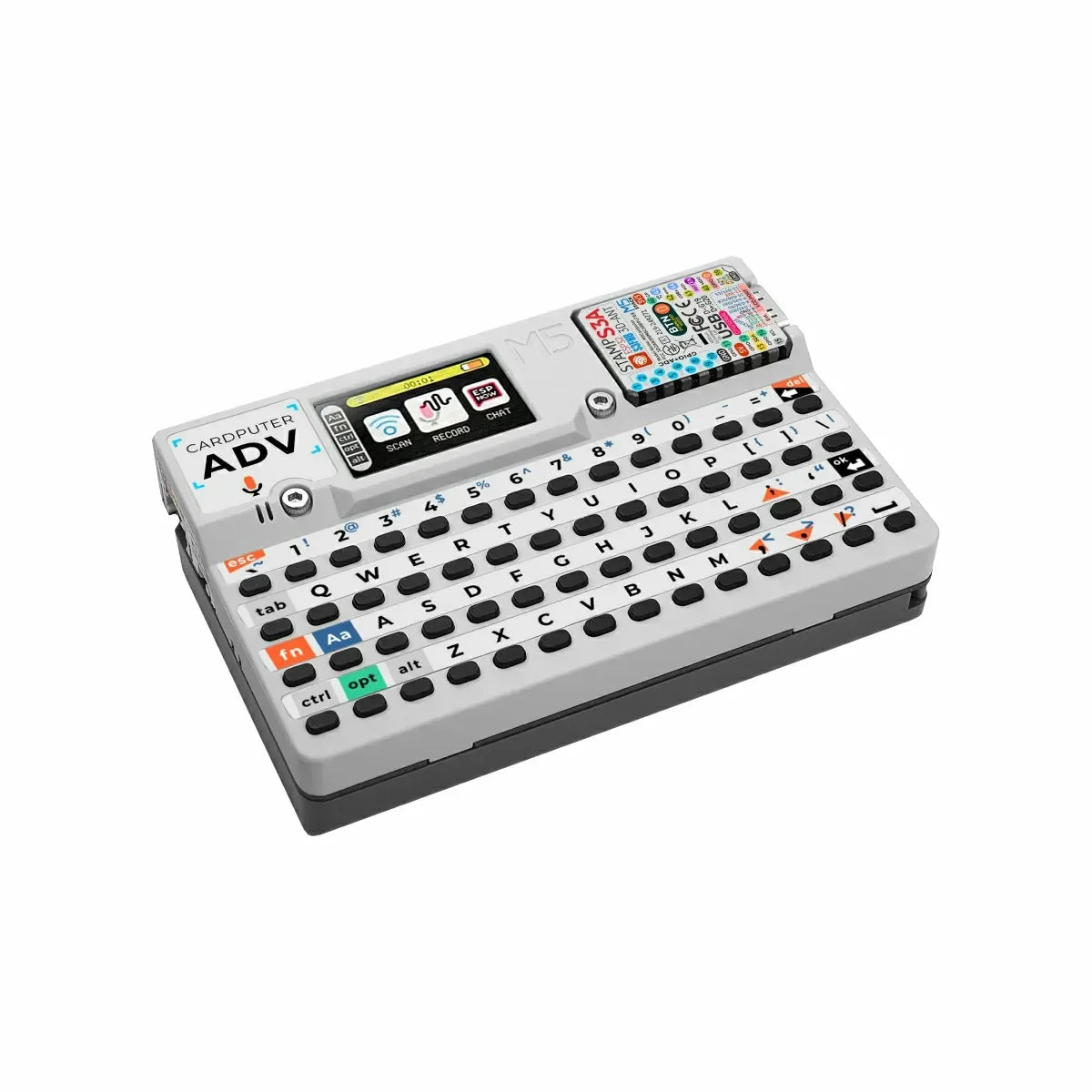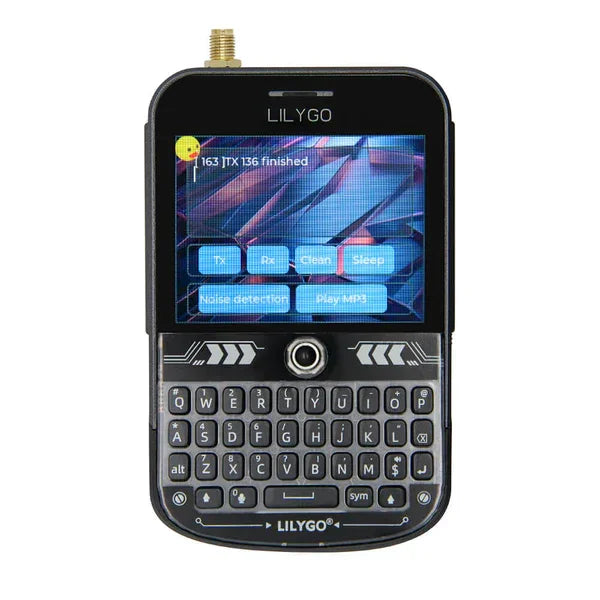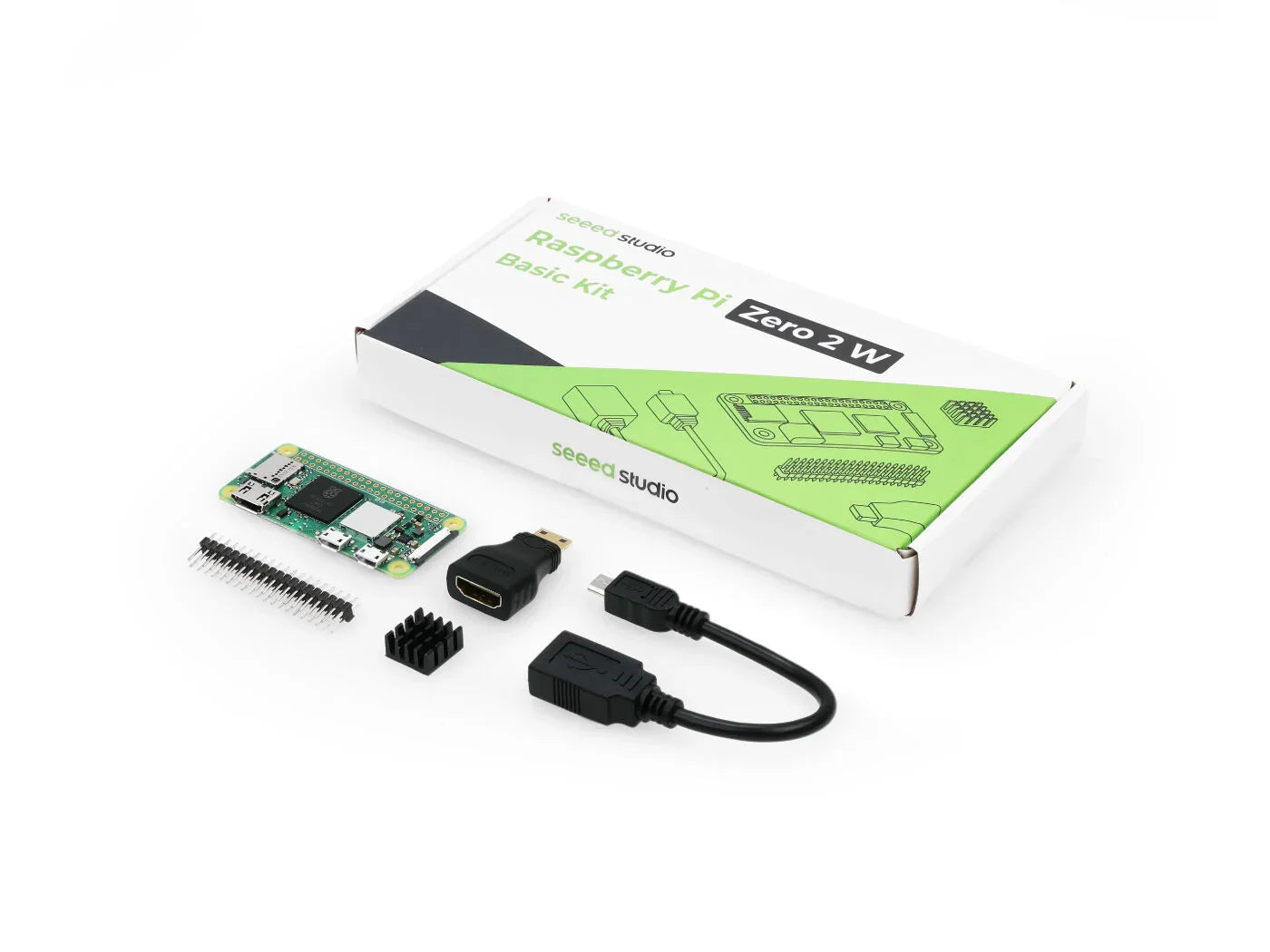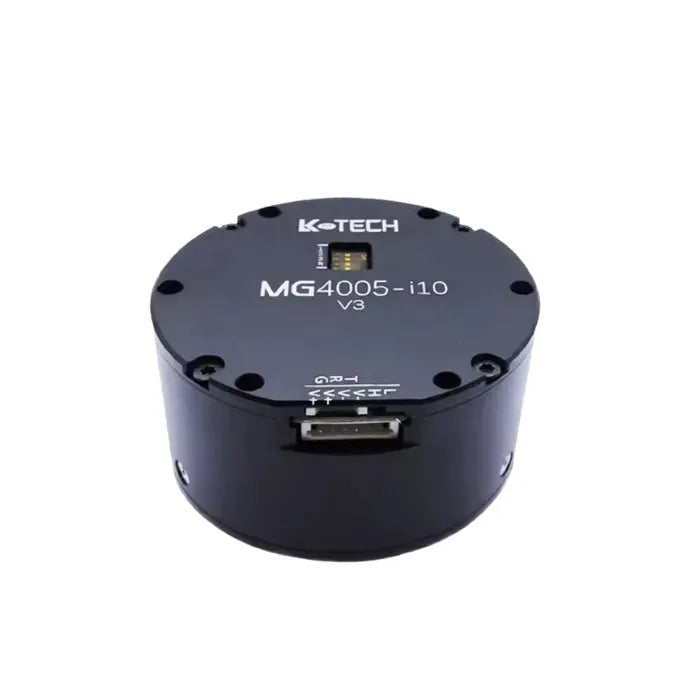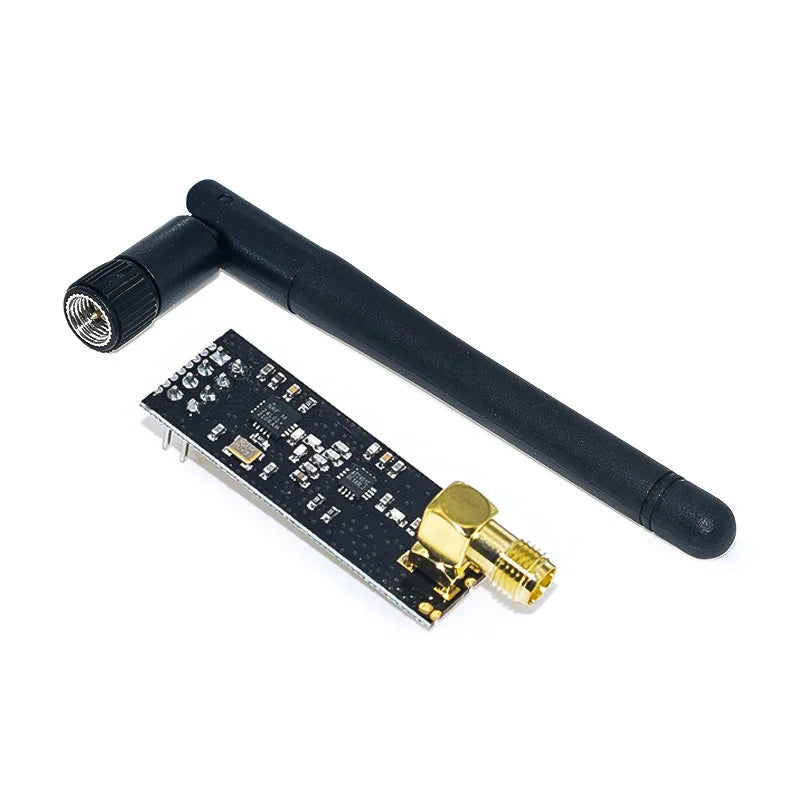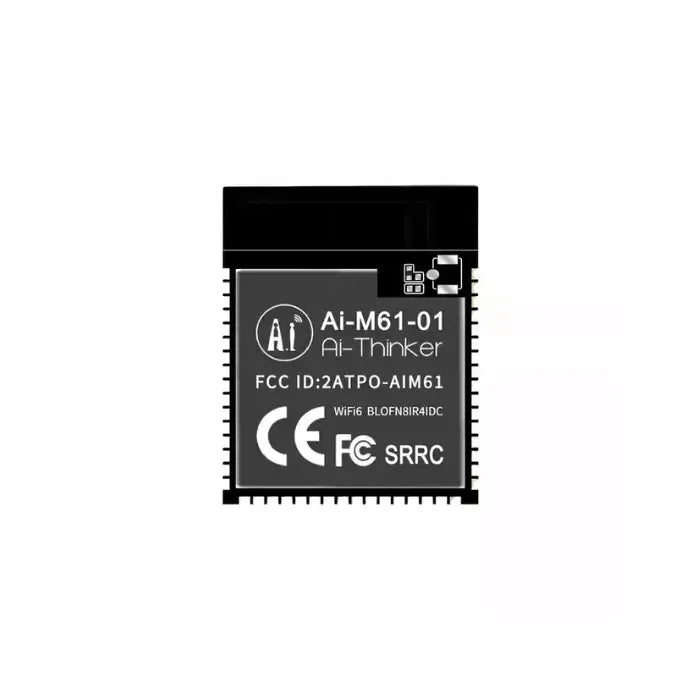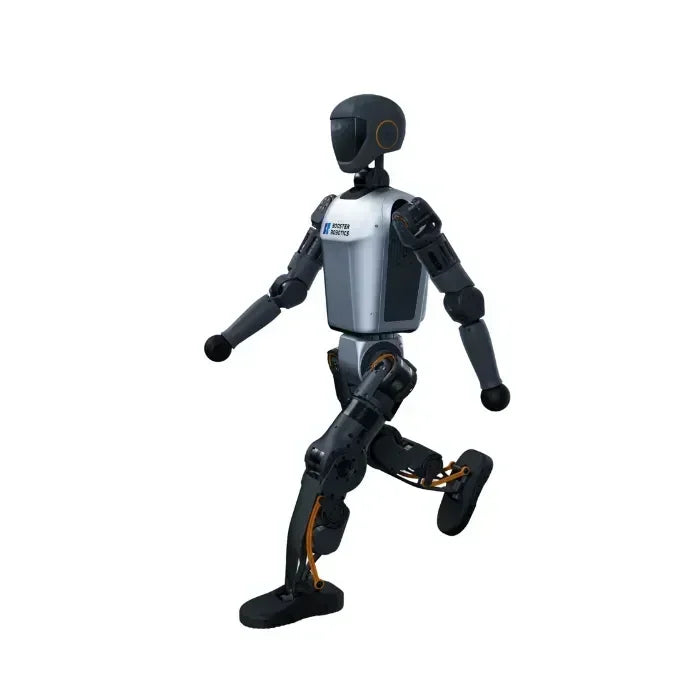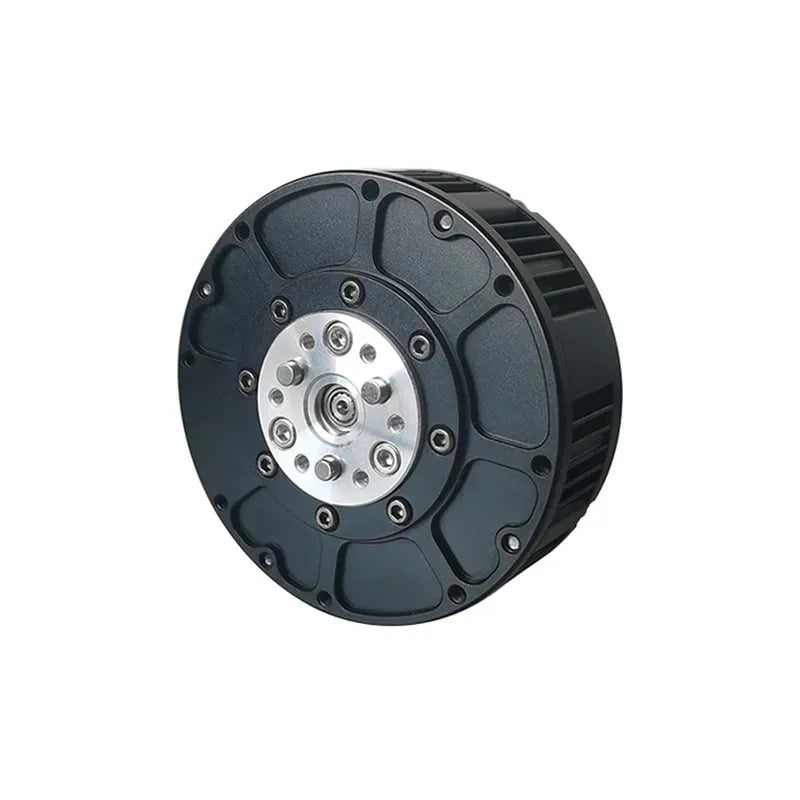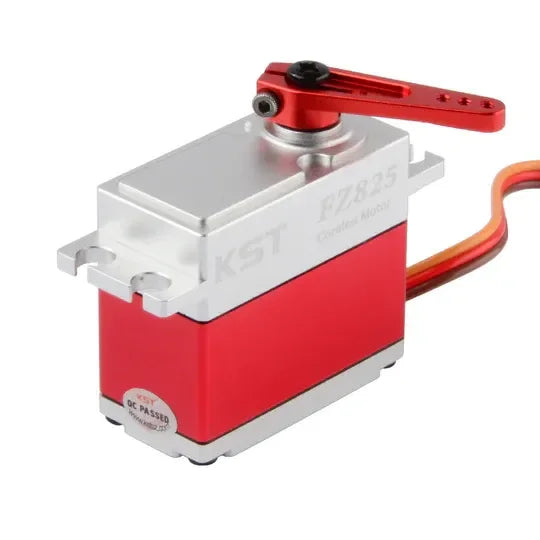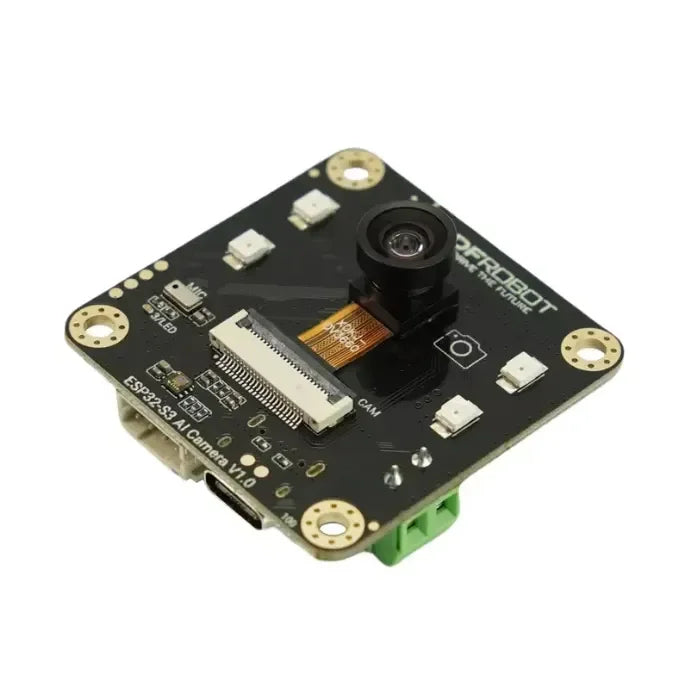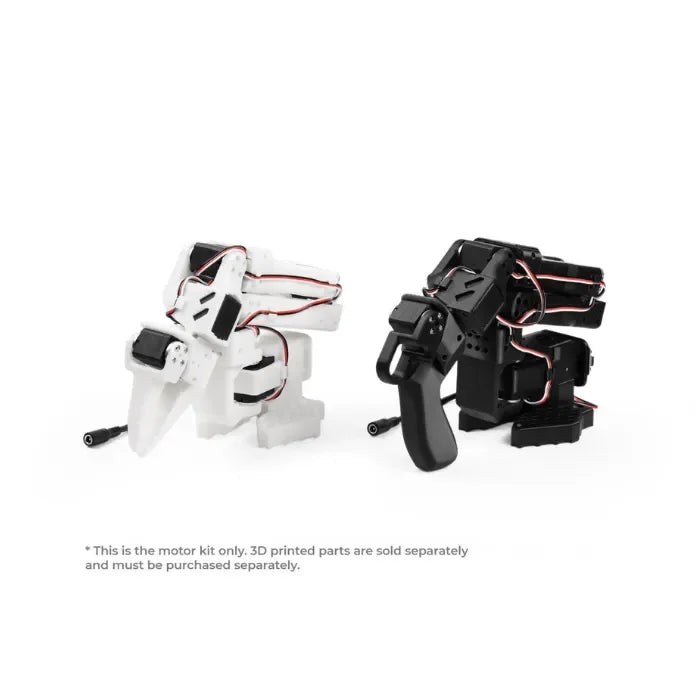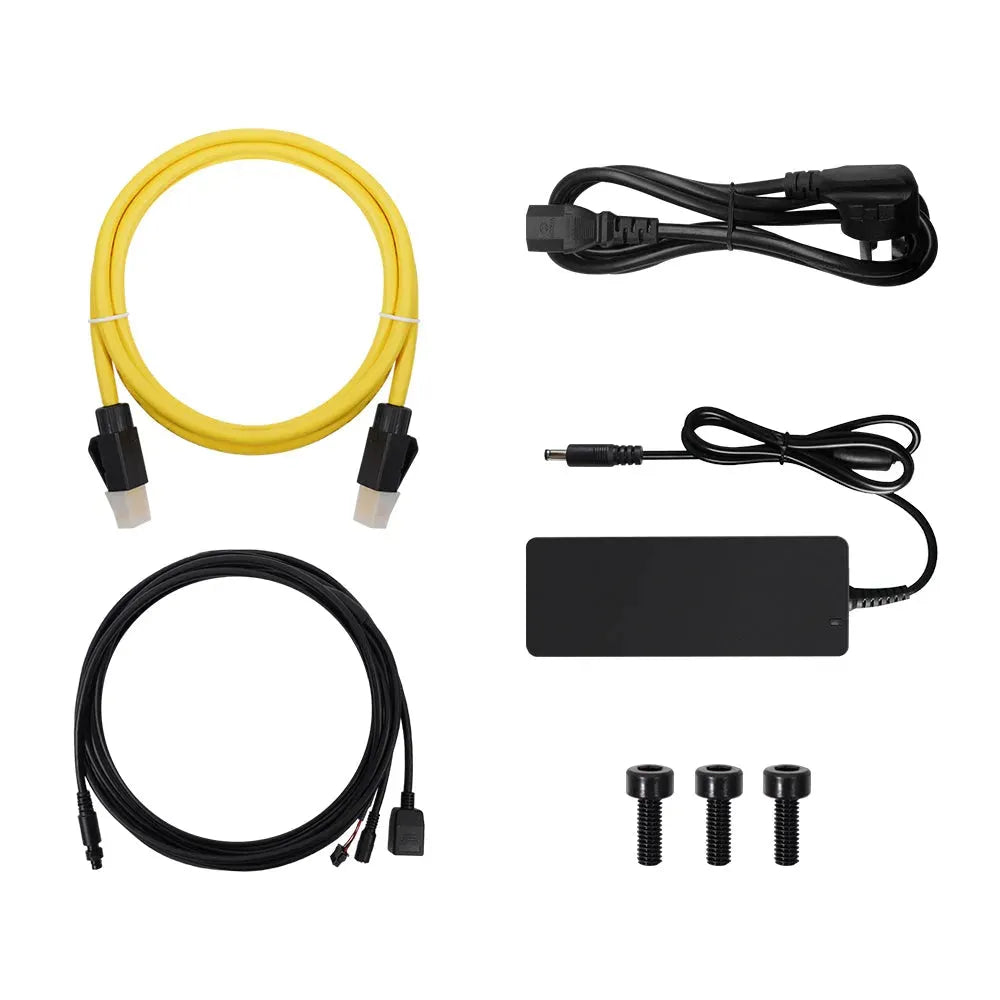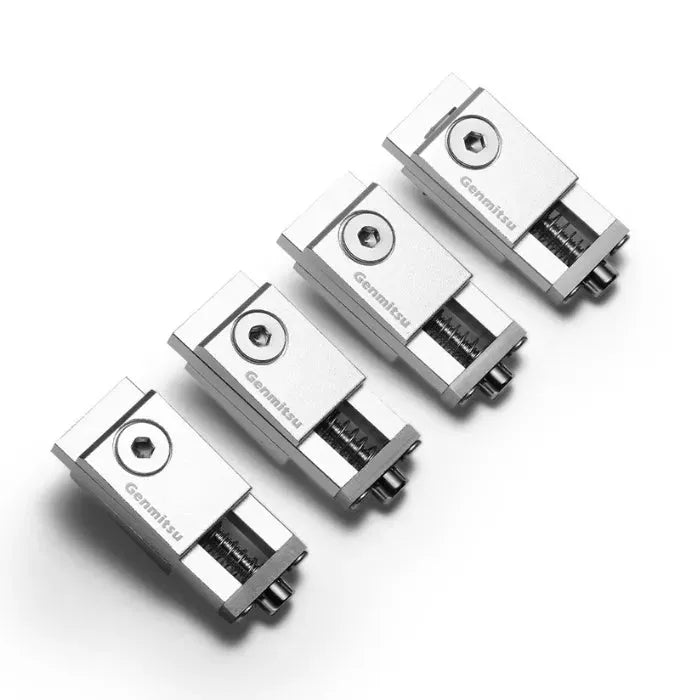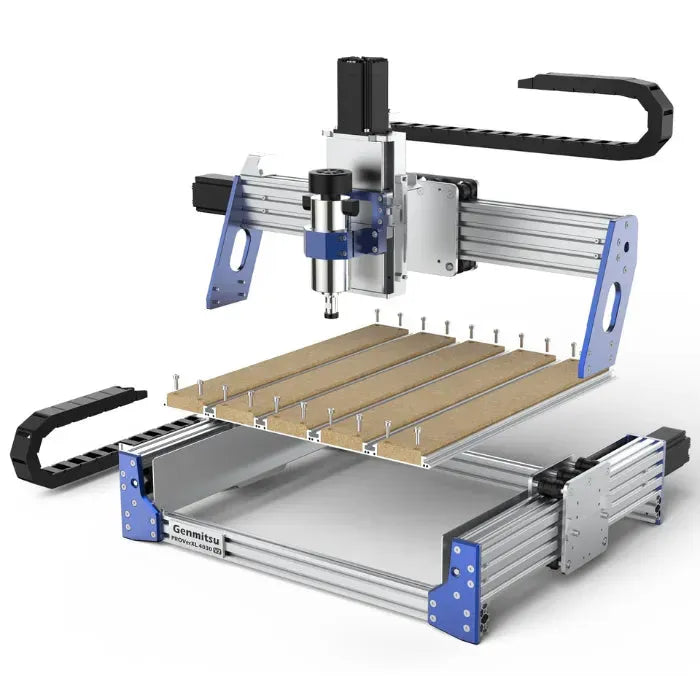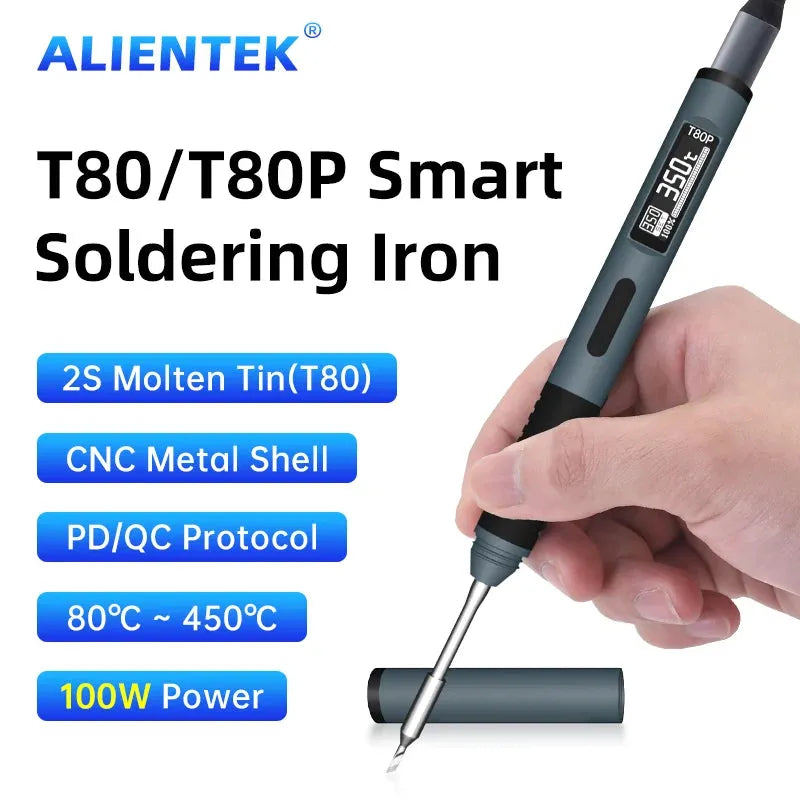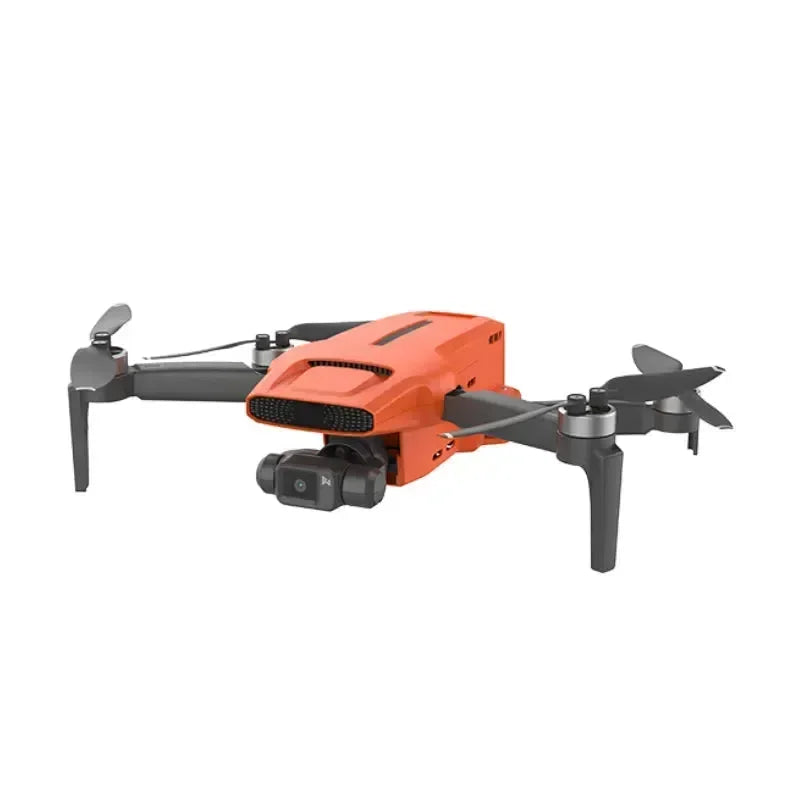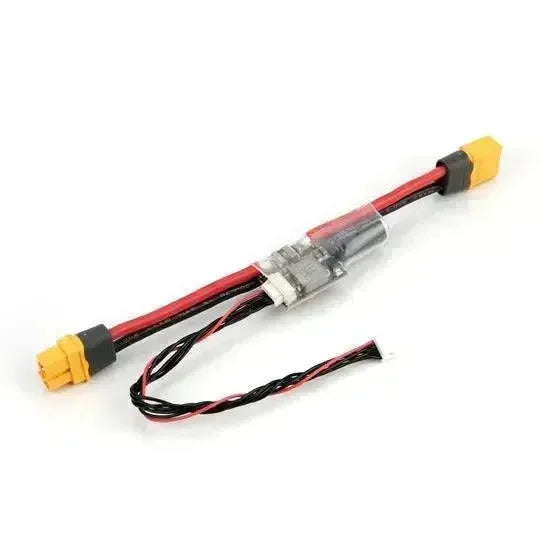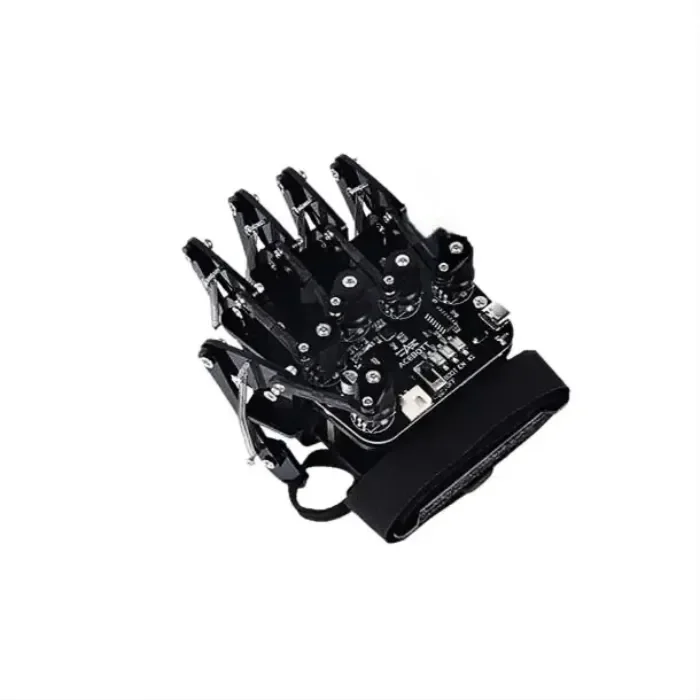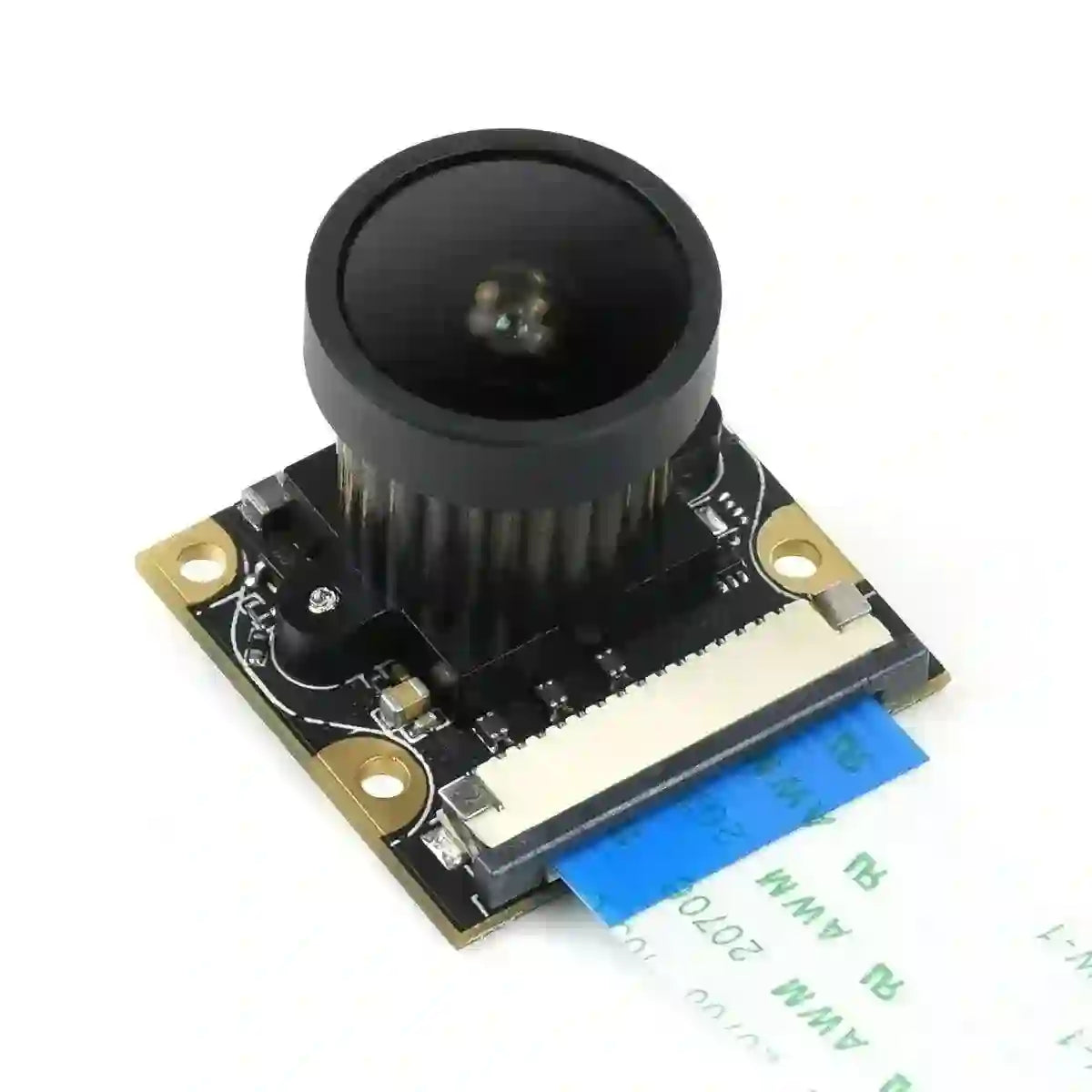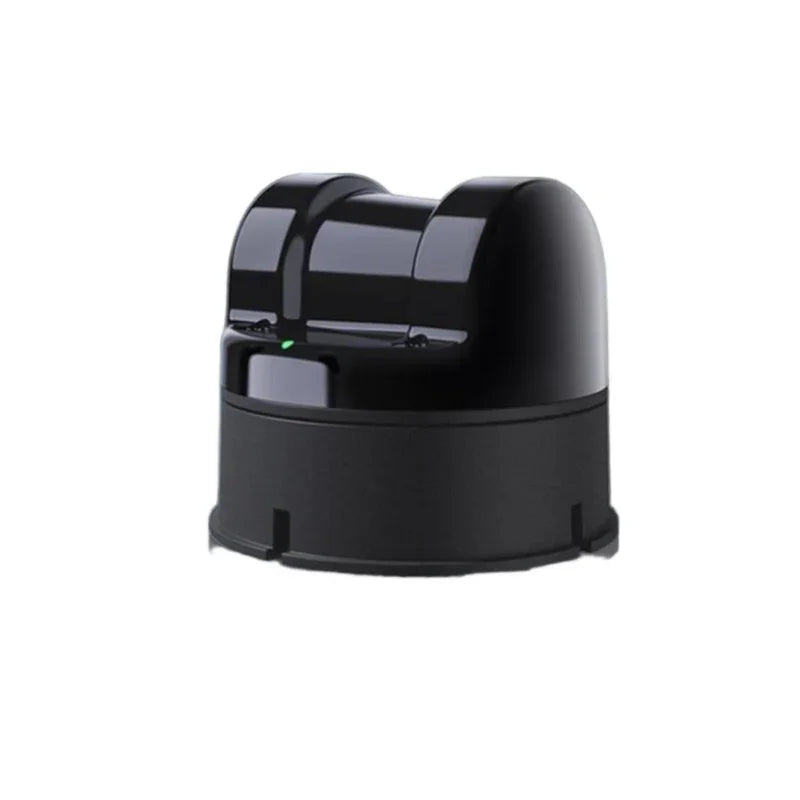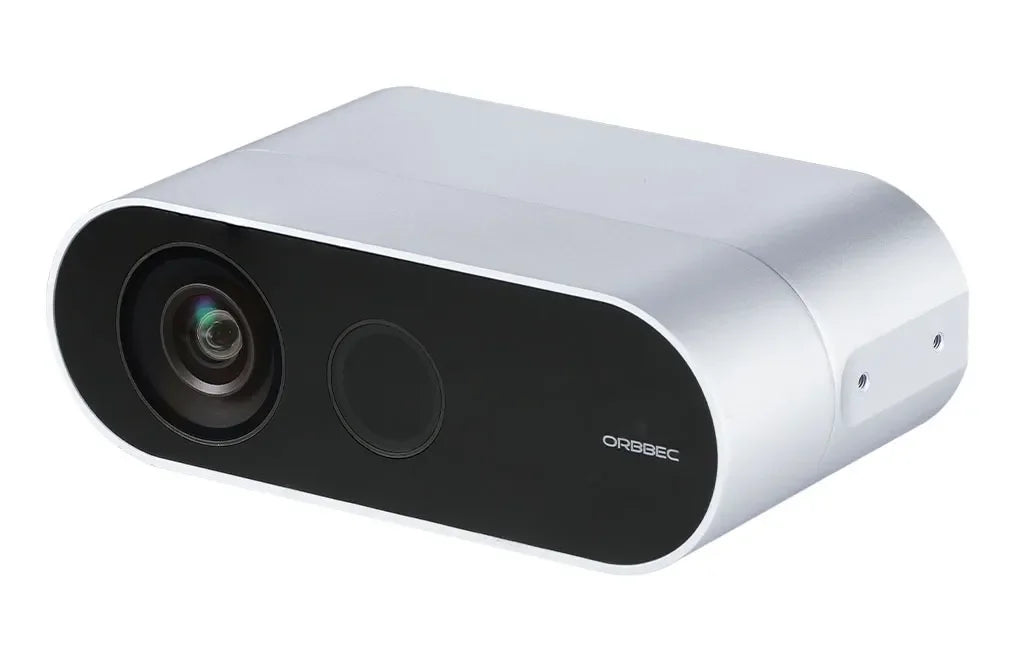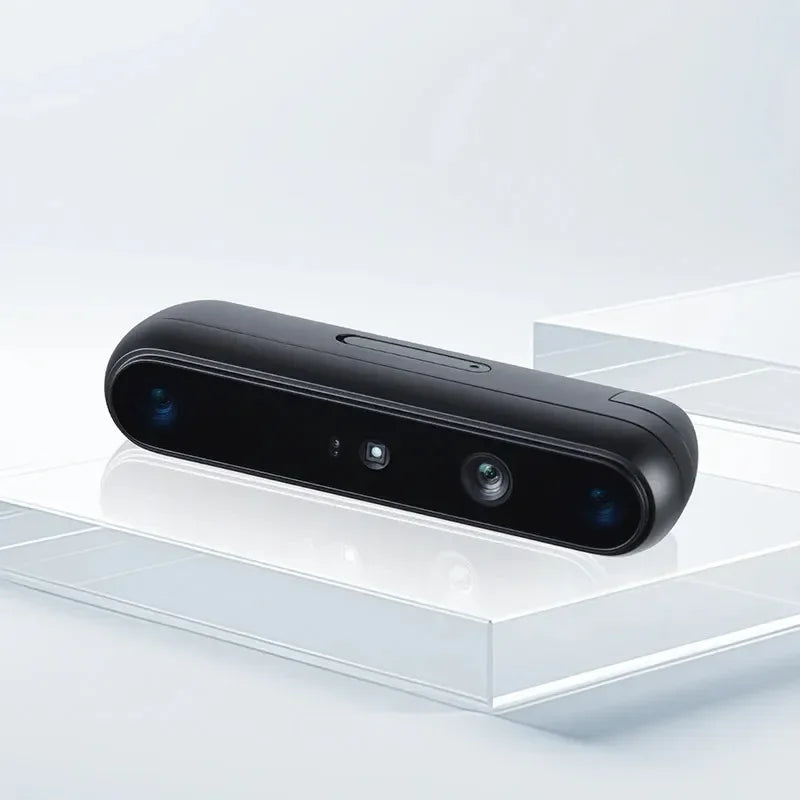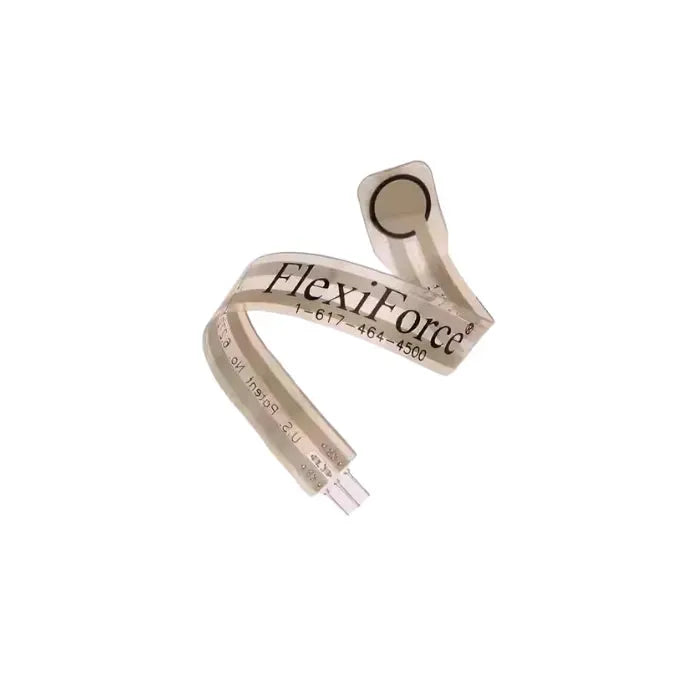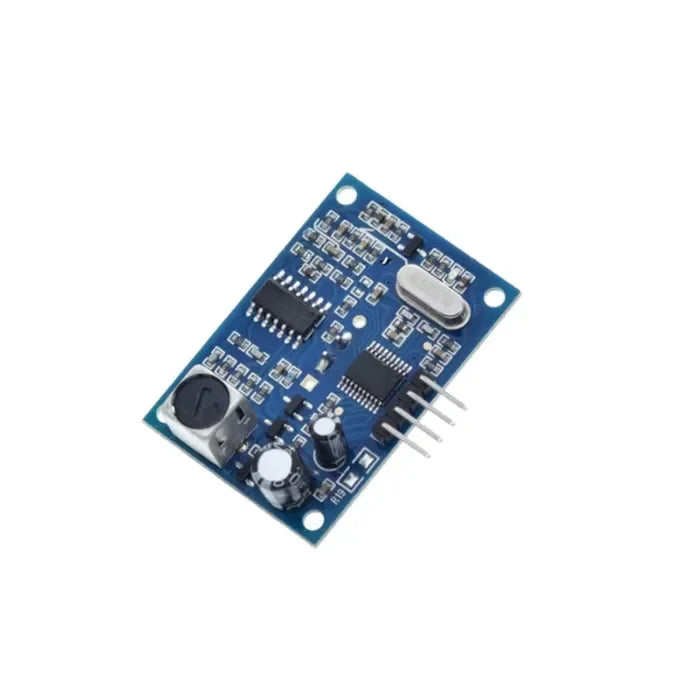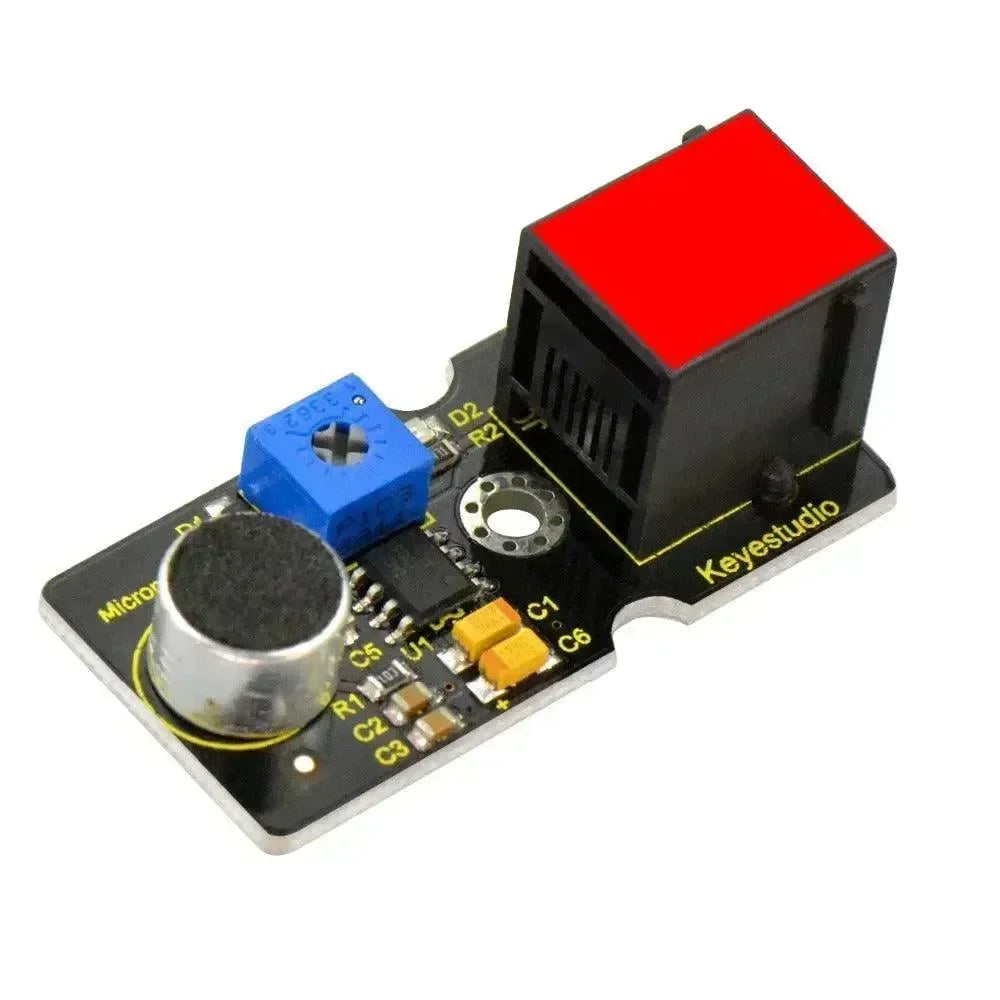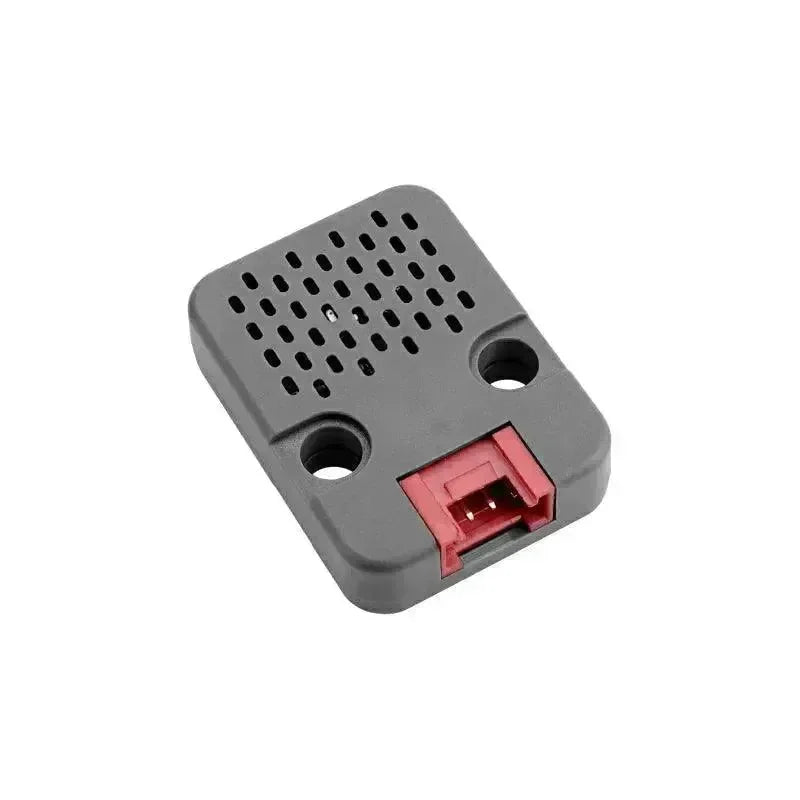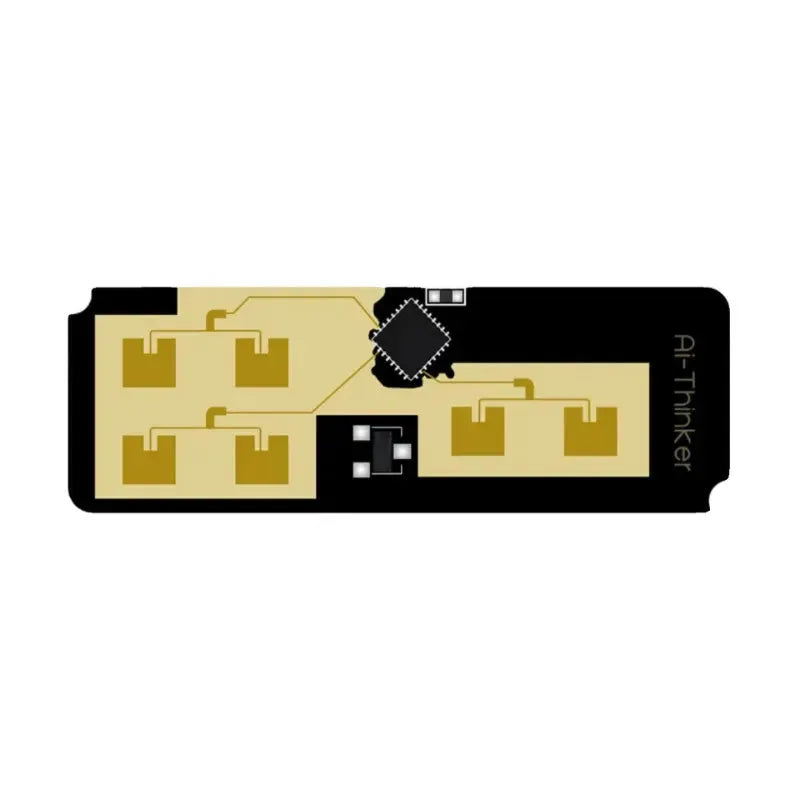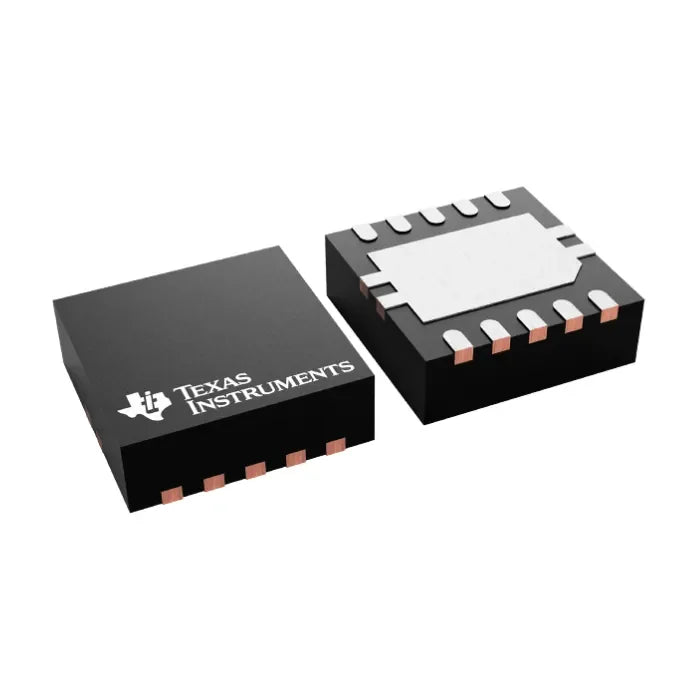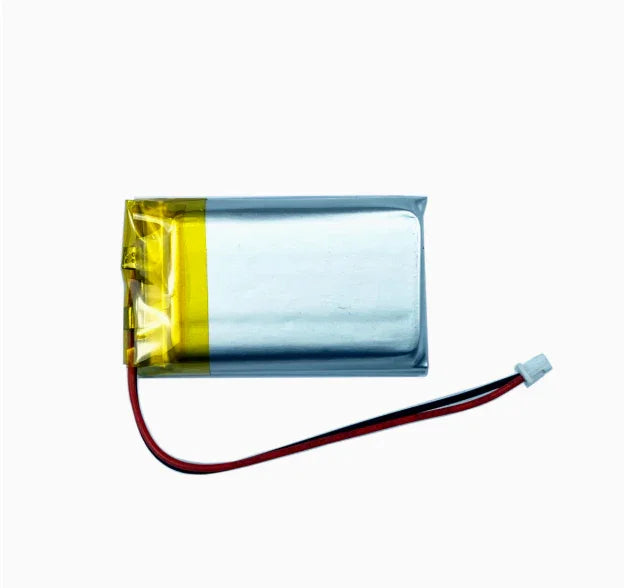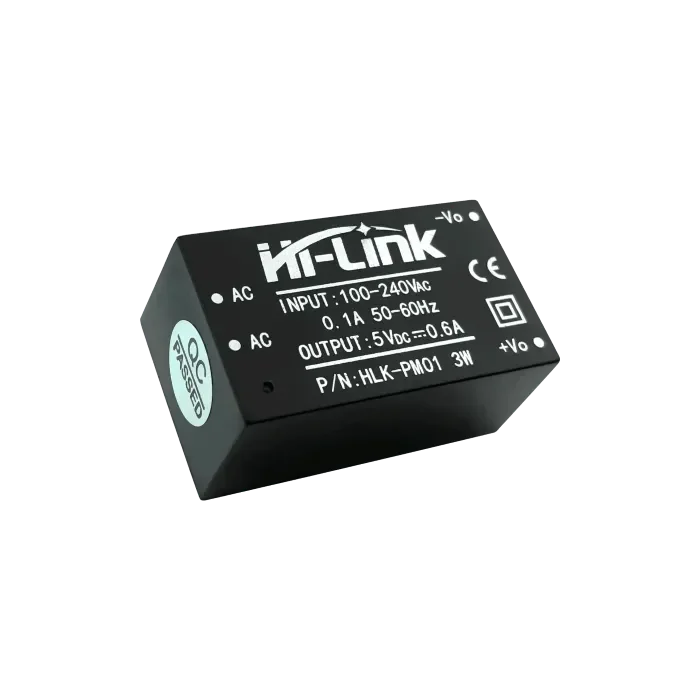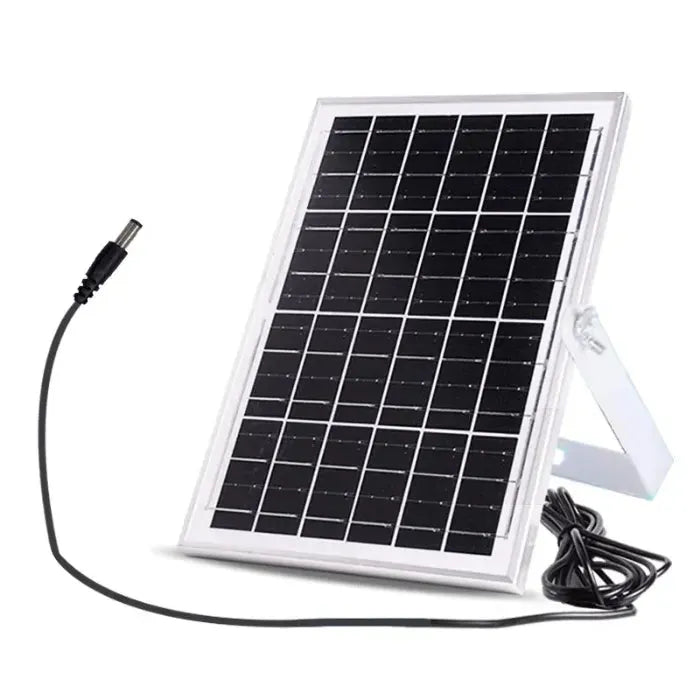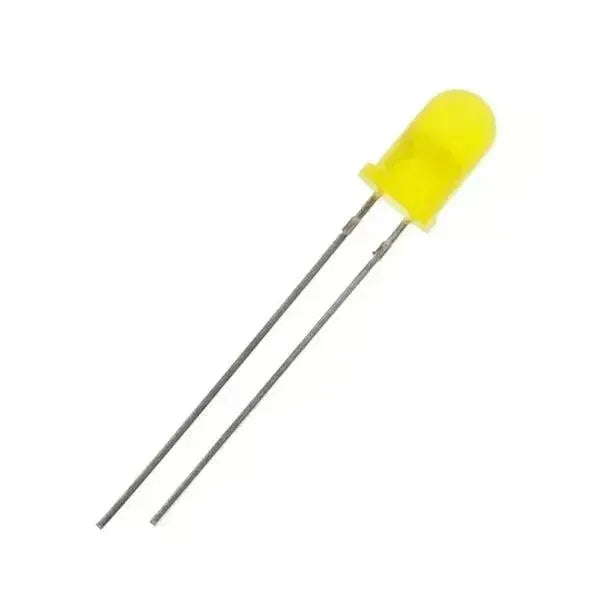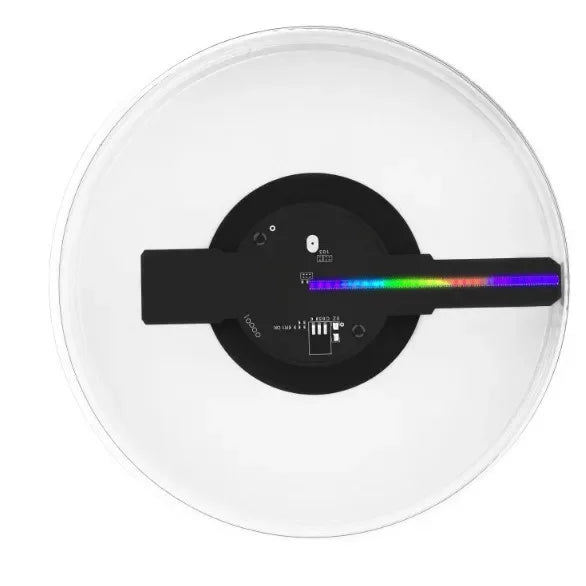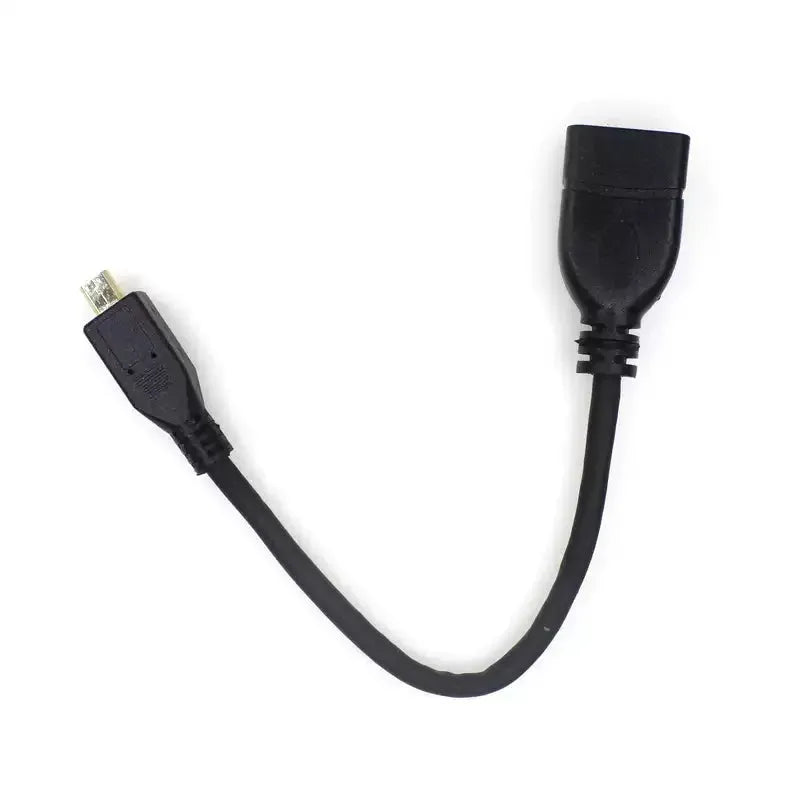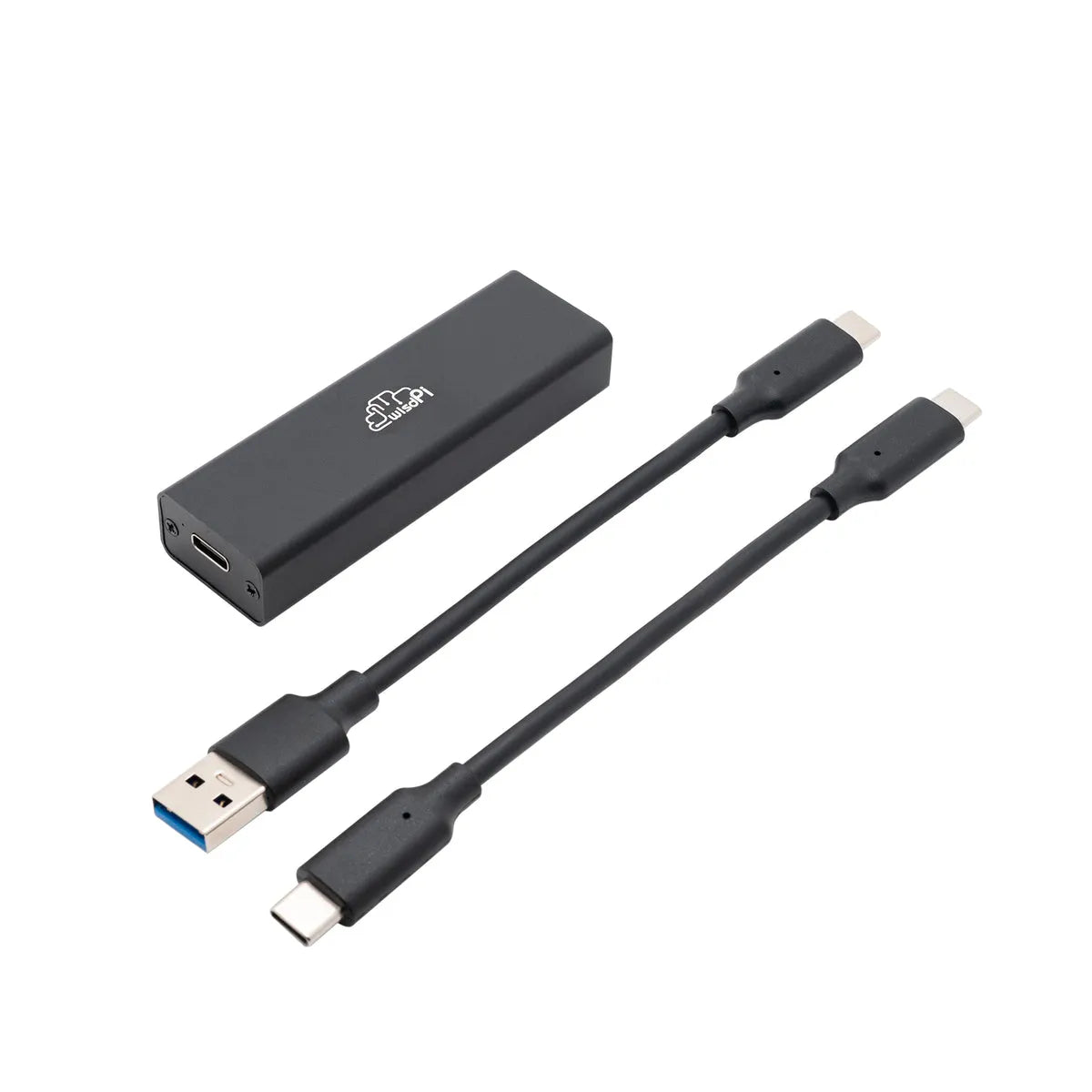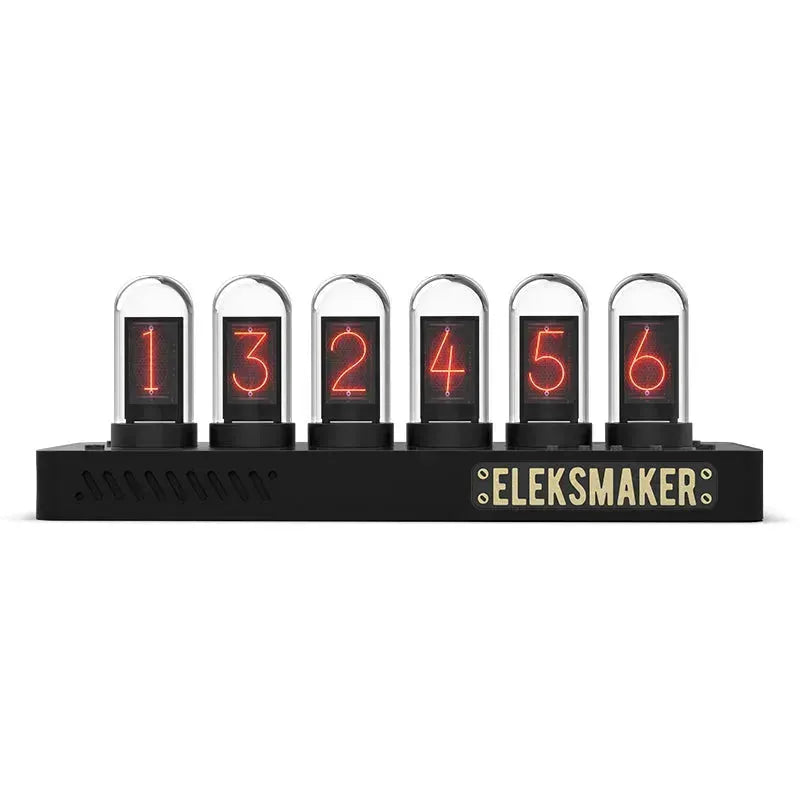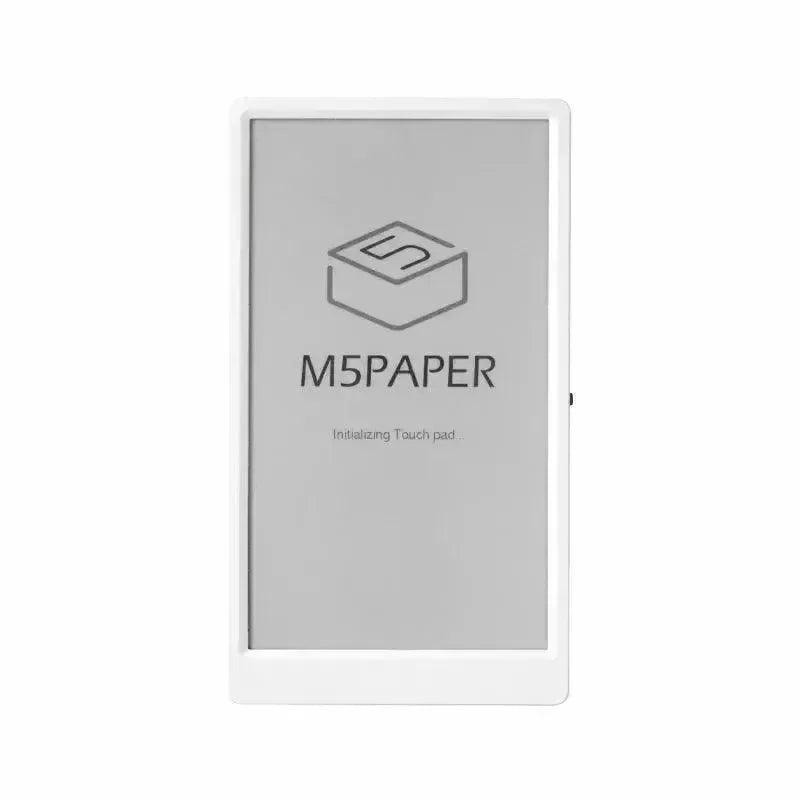Vandaag hebben we een nieuw product van M5Stack. Ik wil je iets laten zien en de verschillen tussen M5Paper en M5PaperS3.
.
Wat is M5PaperS3
De M5PaperS3 is een innovatieve, energiezuinige e-ink displaycontroller van M5Stack, ontworpen om te voldoen aan de behoeften van IoT (Internet of Things) enthousiastelingen, ontwikkelaars en hobbyisten. Hier is een uitgebreide blik op wat de M5PaperS3 te bieden heeft:
Microcontroller
-
De kern van de M5PaperS3 is de ESP32-S3R8, met een dual-core LX7-processor die draait op 240MHz. Deze geavanceerde chip biedt uitstekende prestaties, beveiligingsfuncties en USB OTG-ondersteuning, waardoor hij geschikt is voor complexe IoT-toepassingen.
weergave
4.7" E-Ink Scherm: Met een resolutie van 960x540 pixels ondersteunt dit display 16-niveau grijswaarden. E-ink technologie zorgt voor een laag energieverbruik, leesbaarheid in zonlicht en beeldretentie, zelfs wanneer het apparaat is uitgeschakeld.
Capacitieve Aanraak: Voorzien van een GT911 capacitieve aanraakpaneel, ondersteunt de M5PaperS3 twee-punts aanraak en verschillende gebaaroperaties, wat de gebruikersinteractie verbetert.
Geheugen en opslag
8MB PSRAM: Voor snelle gegevens toegang en verwerking.
16MB Externe Flash: Biedt voldoende opslag voor firmware en gegevens.
MicroSD Kaartondersteuning: Maakt uitgebreide opslag mogelijk, ideaal voor datalogging of toepassingen die een grote opslagcapaciteit vereisen.
Connectiviteit
Wi-Fi (2.4GHz): Voor internetverbinding, communicatie met IoT-apparaten en OTA (Over-The-Air) updates.
Bluetooth: Hoewel niet expliciet vermeld in de verstrekte documentatie, ondersteunt de ESP32-S3-chip Bluetooth 5.0, wat suggereert dat het is opgenomen voor draadloze communicatie op korte afstand.
Accu
Sensoren en andere functies
Gyroscoop (BMI270): Voor bewegingsdetectie, waardoor functies zoals wakker worden door op te tillen mogelijk zijn.
Onboard Buzzer: Voor audiofeedback.
Fysieke Knop: Voor apparaatbediening, energiebeheer en het ingaan van de downloadmodus.
RTC (BM8563): Real-time klok voor slaap- en wekkfuncties, ter verbetering van de energie-efficiëntie.
Aanvullende Verbeteringen
USB OTG: Maakt het mogelijk dat het apparaat fungeert als een USB-host of -apparaat, waardoor de connectiviteitsopties worden uitgebreid.
Terug Magneet: Voor eenvoudige bevestiging op metalen oppervlakken.
Hanghaak: Voor handig dragen en ophangen.
Geoptimaliseerde Antenne: Voor betere draadloze prestaties en signaalstabiliteit.
Overzicht
Voorkant
Van voren kunnen we zien dat beide producten hetzelfde formaat scherm gebruiken. De M5PaperS3 is grijs van kleur. Het scherm is niet hol zoals bij de M5Paper V1.1, maar is een volledig vlak oppervlak met een extra vouw.

Rug
Er is meer informatie en verschillen op de achterkant.
-
Allereerst gebruikt de M5PaperS3 een ESP32-S3R8-chip, en de M5Paper gebruikt een ESP32 F0WDQ6-V3-chip.
-
De M5Paper V1.1 heeft drie Grove-poorten, terwijl de interface van M5PaperS3 verborgen is. Je kunt de locatie van de interface alleen vinden als je de sticker van M5PaperS3 met een schaar doorknipt. Beide E-Papers hebben ook Type-C.

-
De M5Paper V1.1 heeft een batterij van 1150mAh en de M5PaperS3 heeft een batterij van 1800mAh.

Ander
M5PaperS3 behoudt de magnetische zuigfunctie. Persoonlijk vind ik dat de magnetische zuig iets sterker is dan in M5Paper V1.1. Tegelijkertijd heeft M5PaperS3 een extra buzzer die erg luid is.
Wat betreft Boot, zowel M5Paper V1.1 als M5PaperS3 gaan in de brandmodus door de Boot-knop twee seconden ingedrukt te houden na aansluiting op de computer. M5PaperS3 heeft echter een extra indicatielampje, dat gemakkelijk kan laten zien of het in de brandmodus is gegaan.


Wat betreft gewicht, is het officiële nettogewicht van beide producten 86g. Ik heb M5Paper V1.1 gewogen en het was 80g, en M5PaperS3 was 95,5g.
Samenvatting
De gevoelens die ik krijg van het gebruik van deze twee producten zijn verschillend. Persoonlijk gebruik ik M5Paper V1.1 al lange tijd, dus ik ben erg blij met het gevoel ervan. Ik was een beetje ongemakkelijk met M5PaperS3 toen ik het voor het eerst kreeg, maar misschien raak ik er na verloop van tijd aan gewend.
Wat betreft het display hebben beide producten geen achtergrondverlichting en het displaygebied van de M5PaperS3 is over het algemeen donkerder. Wanneer er voldoende licht is, is de kijkervaring van de M5PaperS3 beter dan die van de M5Paper V1.1, maar wanneer er onvoldoende licht is, is de kijkervaring van de M5Paper V1.1 veel beter dan die van de M5PaperS3.
Over het algemeen hebben beide producten hun eigen voordelen. Als je je richt op het uitbreiden en ontwikkelen van het slimme huis, zou ik aanraden om M5Paper V1.1 te gebruiken. Als je een applicatie plant zoals een lezer of een desktop weerstation, is M5PaperS3 geschikter. Dit is de daadwerkelijke ervaring met het gebruik van deze twee producten. Ik hoop dat het je helpt bij het maken van je keuze. Als je demo's van deze twee producten in verschillende scenario's wilt zien, kun je ons een bericht achterlaten.

